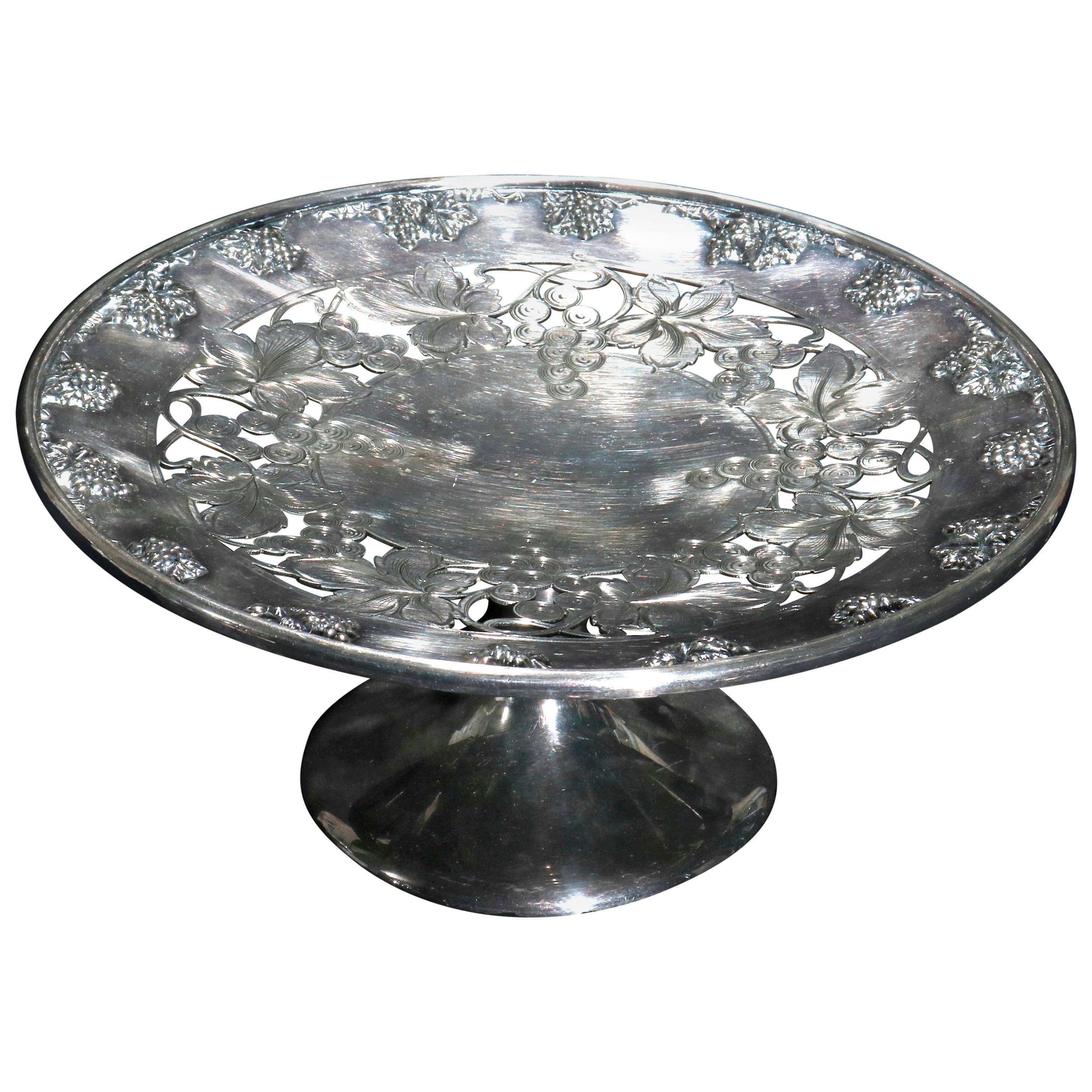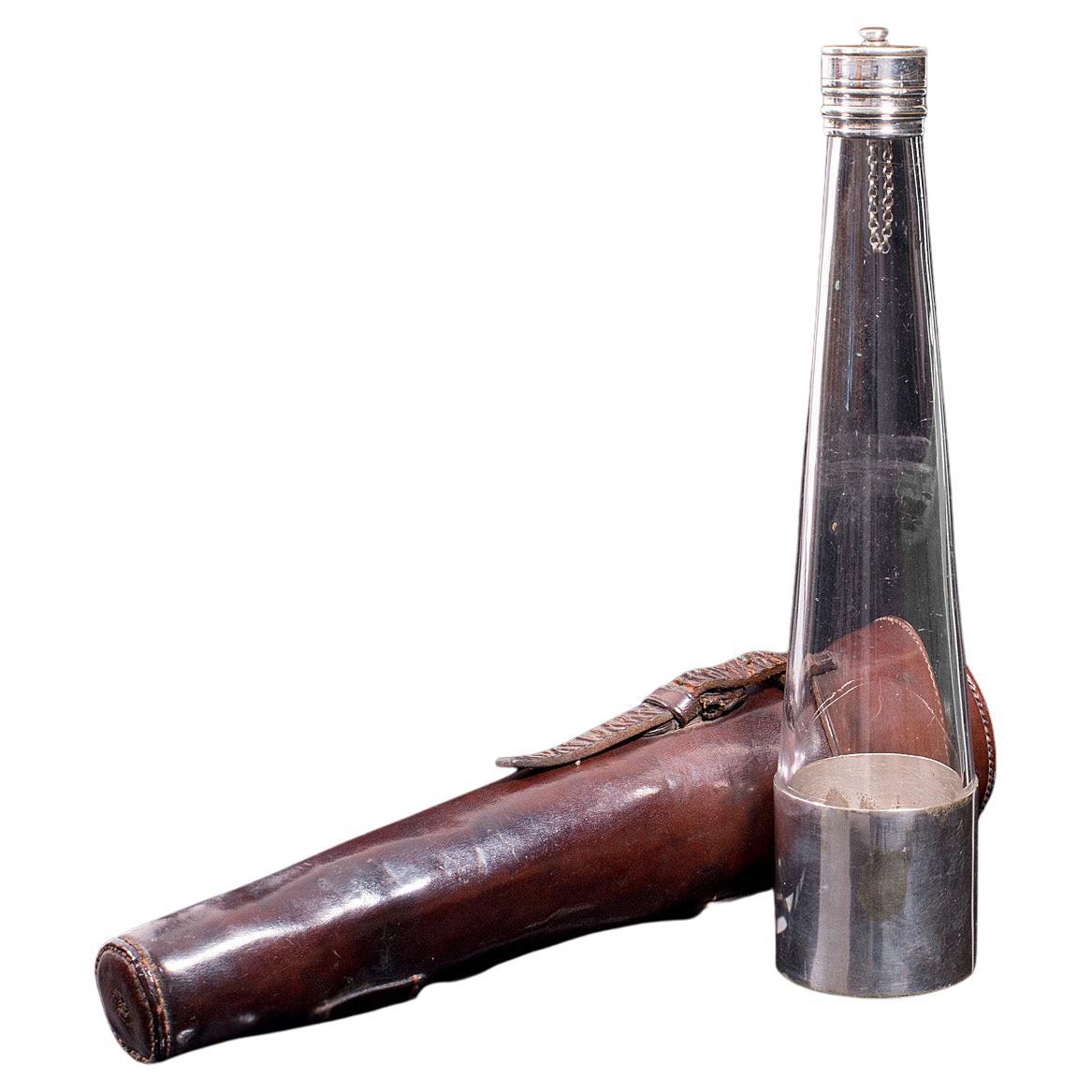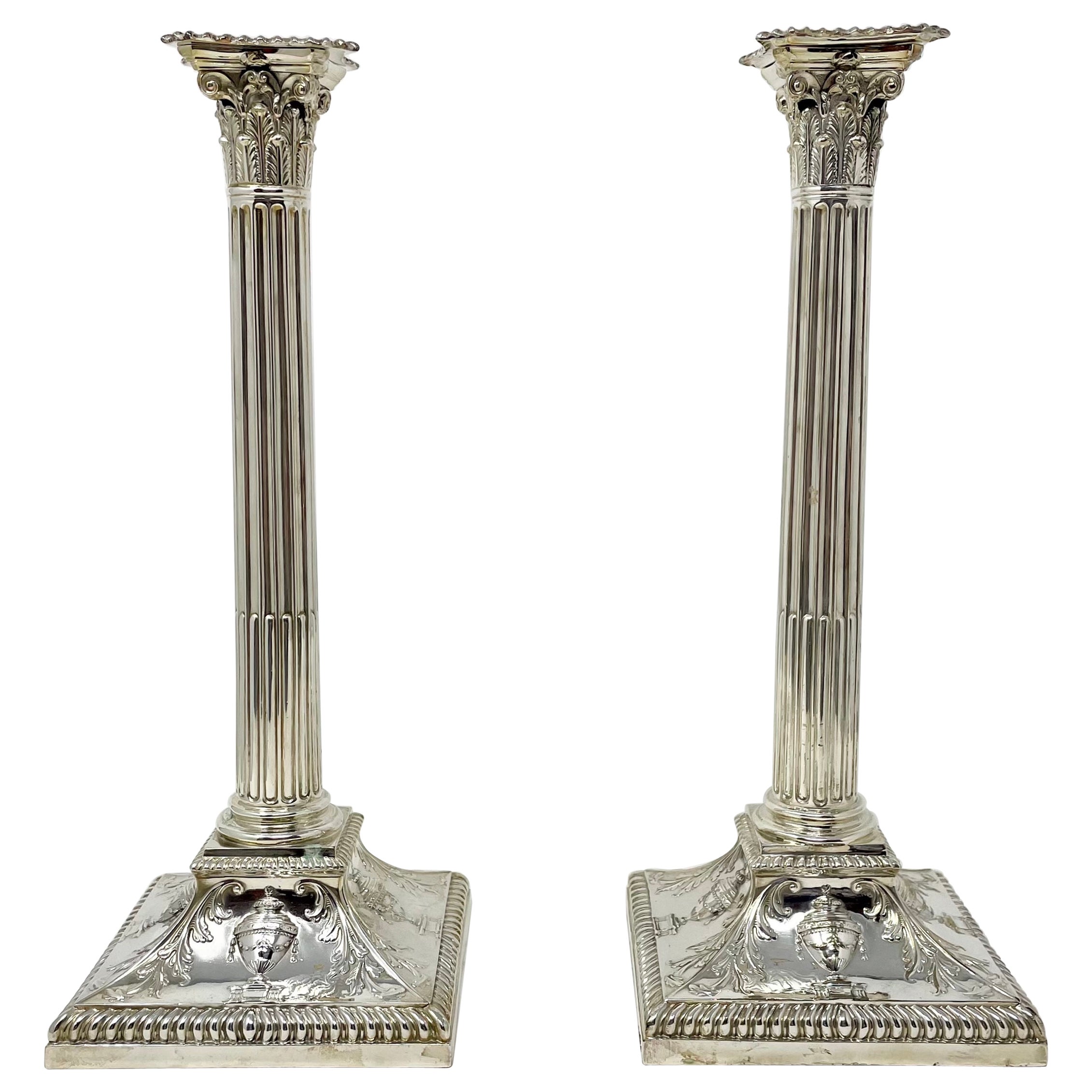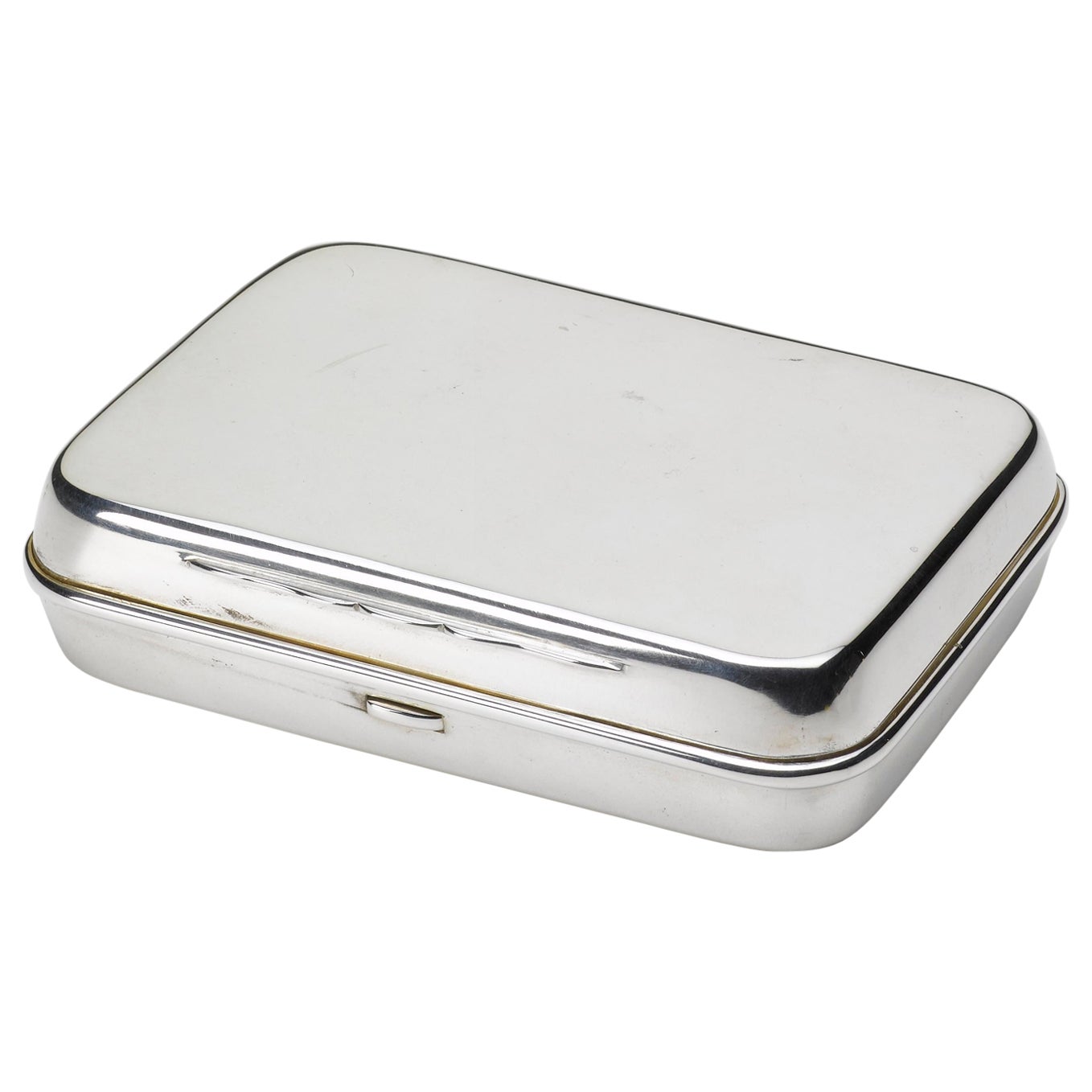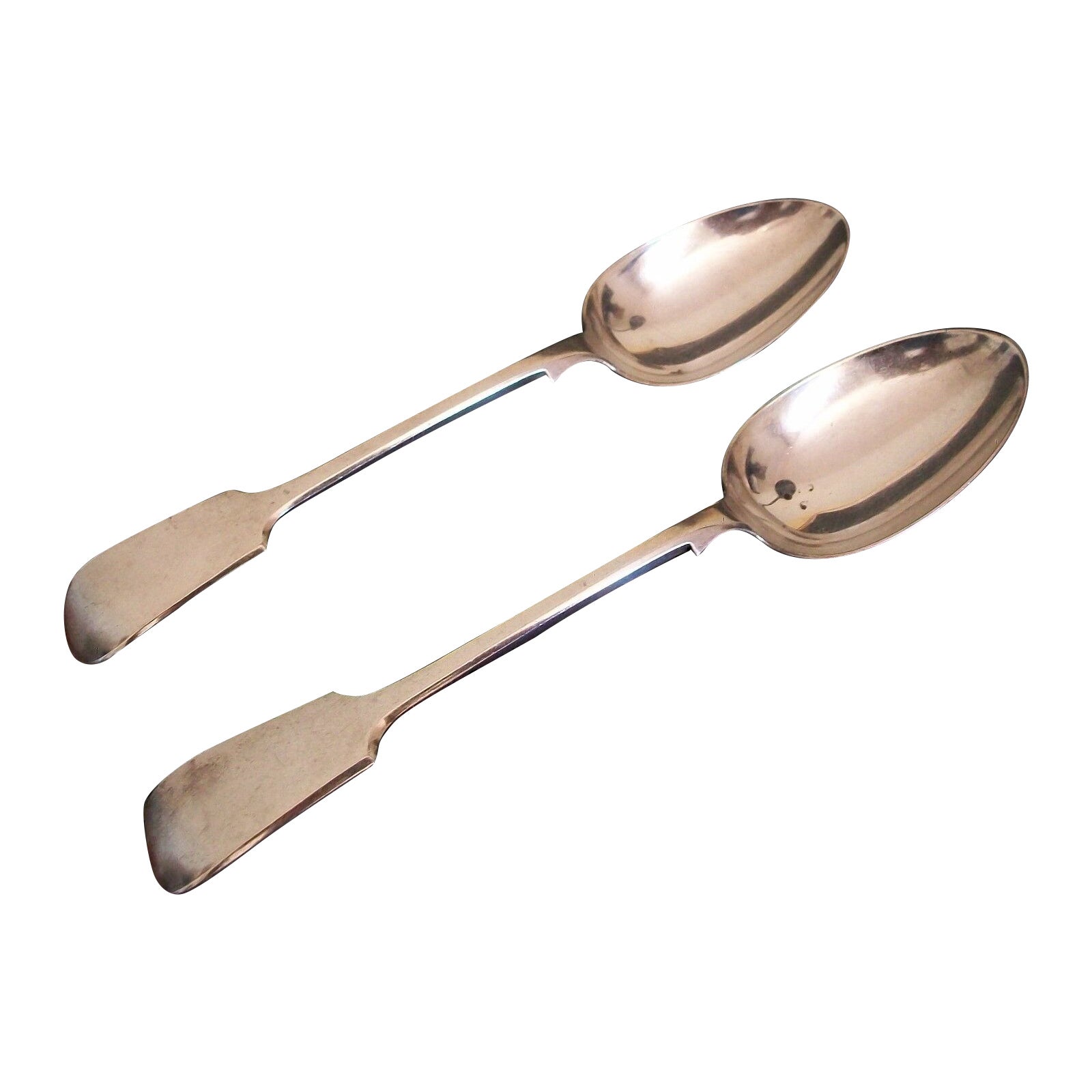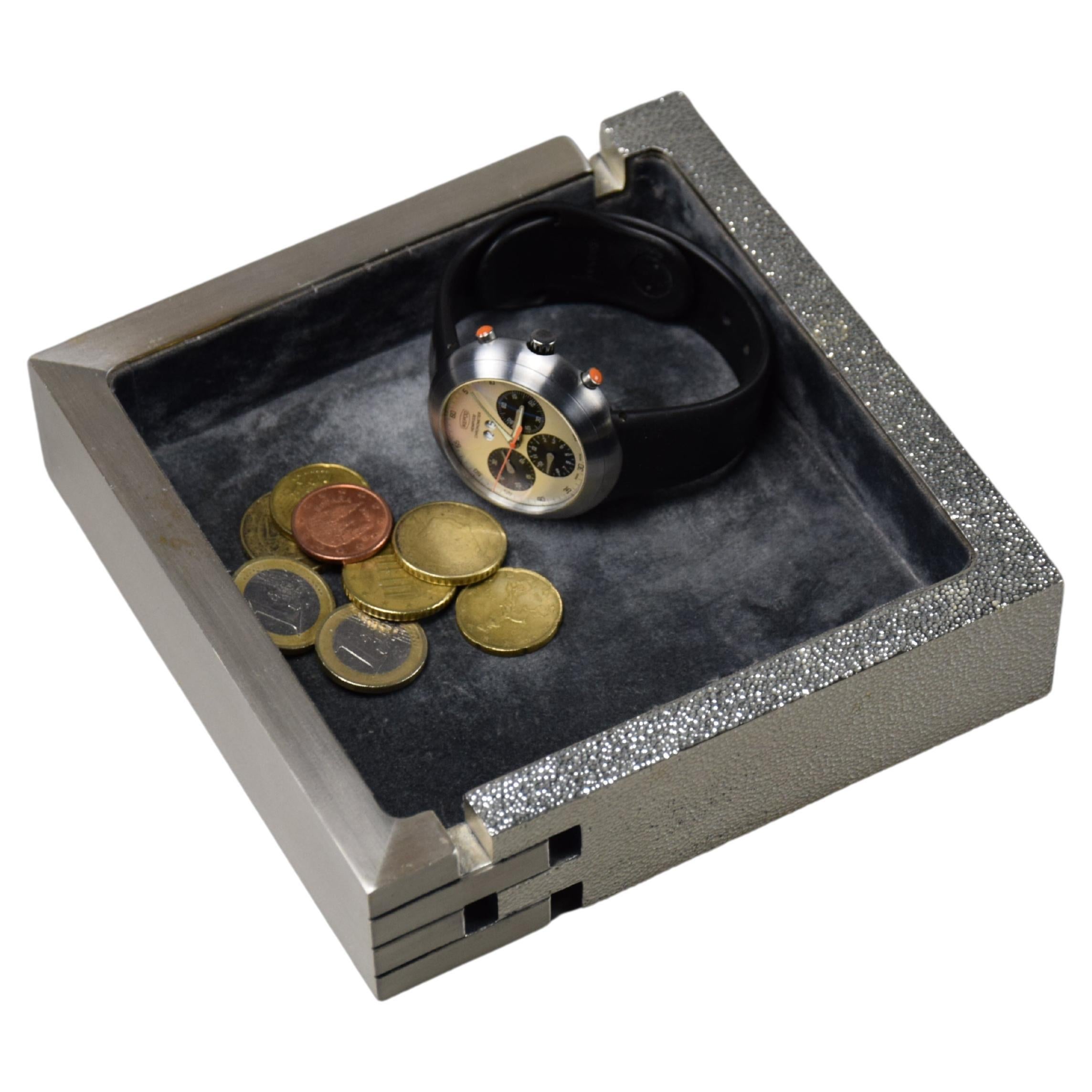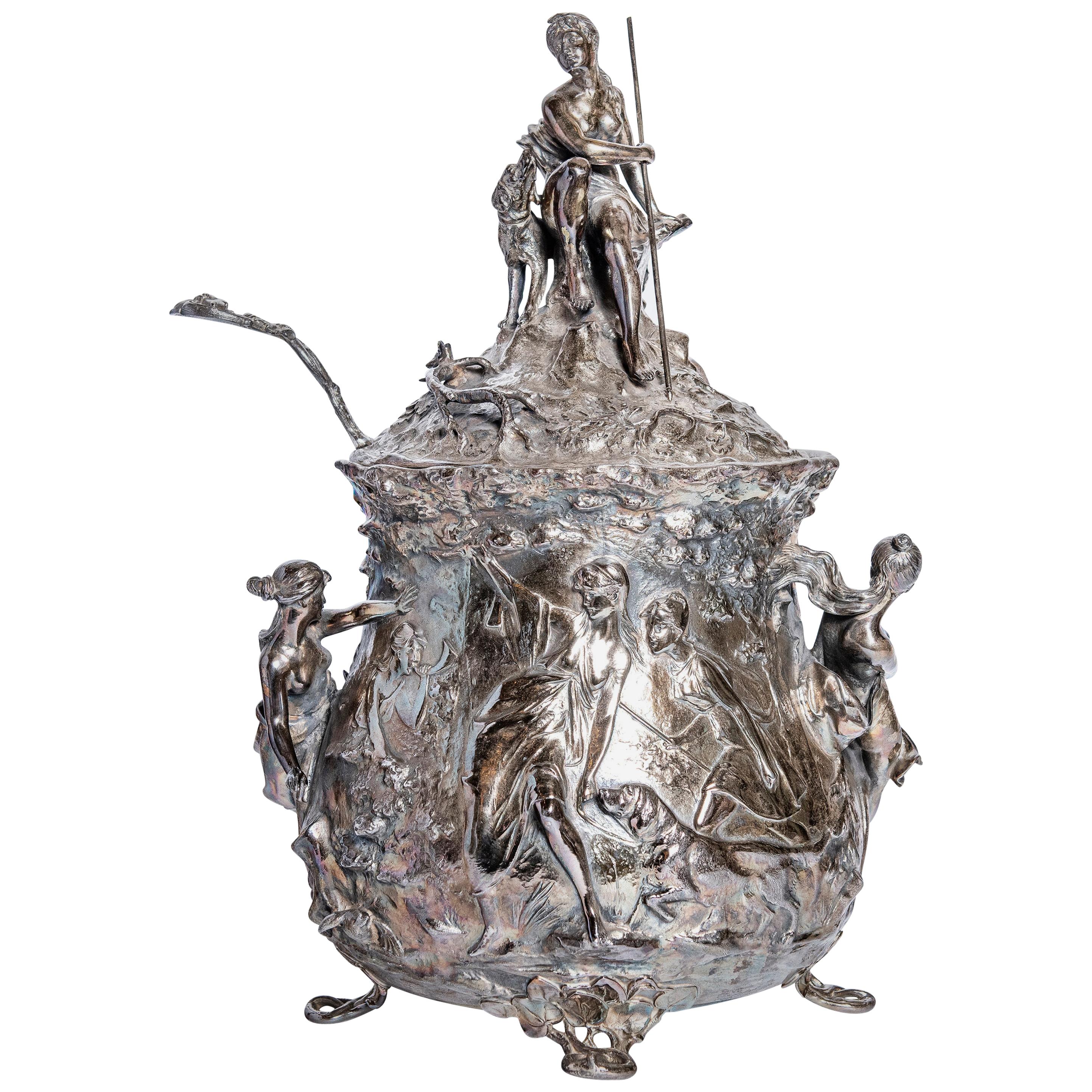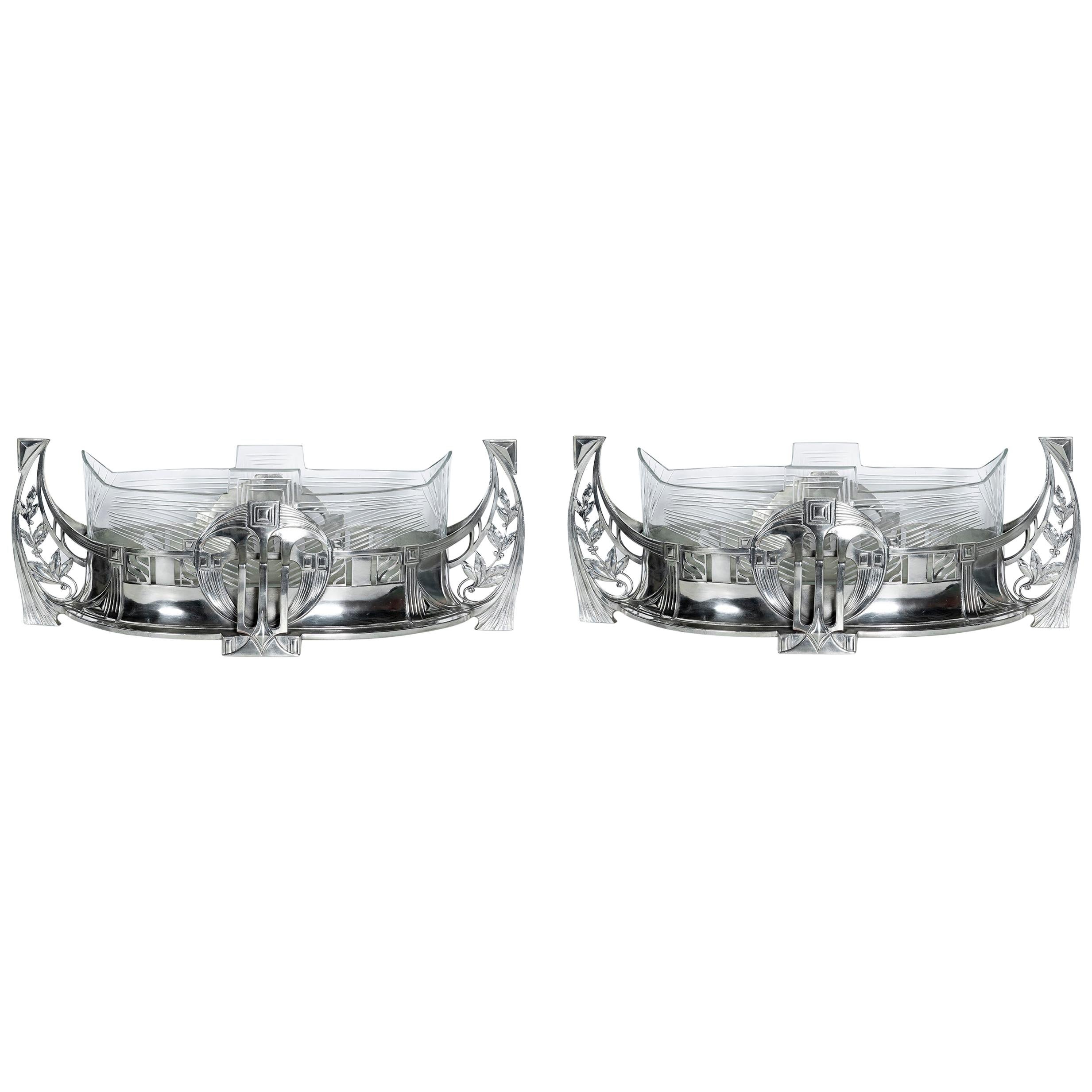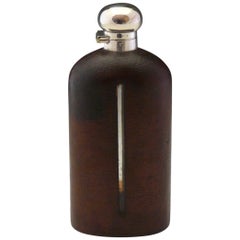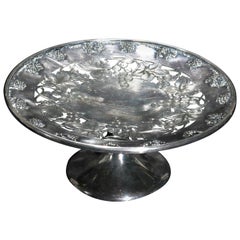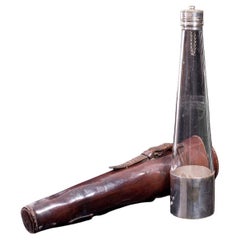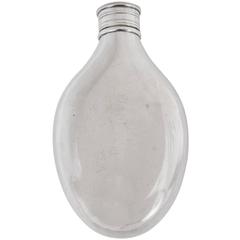
Silver Plate Pocket Flask, circa 1900
View Similar Items
1 of 3
Silver Plate Pocket Flask, circa 1900
About the Item
- Dimensions:Height: 4.73 in (12 cm)Width: 2.76 in (7 cm)Depth: 0.99 in (2.5 cm)
- Style:Victorian (Of the Period)
- Materials and Techniques:Silver Plate,Plated
- Place of Origin:
- Period:1900-1909
- Date of Manufacture:1900
- Condition:
- Seller Location:London, GB
- Reference Number:Seller: 103SP1stDibs: f100191511193498133fs
You May Also Like
- Large Leather Covered Glass Hip Flask with Silver Plated Top, circa 1900Located in London, GBA fine pig skin leather covered glass hip flask with silver plated top of generous size. Dimensions 23 cm/9 inches (height) x 10 cm/4 inches (width) ...Category
Antique Early 1900s British Sheffield and Silverplate
MaterialsSilver Plate
- Antique Victorian Reticulated Silver Plate Grape & Leaf Compote, circa 1900Located in Big Flats, NYAn antique Victorian silver plate compote offers bowl with reticulated rim having grape and leaf pattern, circa 1900 Measures: 5.5" H x 12.25" W. Catalogue Note: Ask about DISCOUNT...Category
20th Century Victorian Sheffield and Silverplate
MaterialsSilver Plate
$360 Sale Price20% Off - Antique Hunting Flask, English, Silver Plate, Leather Case, Bottle, VictorianLocated in Hele, Devon, GBThis is an antique hunting flask. An English, glass and silver plate bottle in leather case, dating to the late Victorian period, circa 1900. Wonderfu...Category
Antique Late 19th Century British Victorian Sheffield and Silverplate
MaterialsSilver Plate
- Pair Antique English Edwardian Silver Plated Candlesticks, Circa 1900'sLocated in New Orleans, LAPair Antique English Edwardian silver plated candlesticks, Circa 1900's.Category
Early 20th Century English Edwardian Candlesticks
MaterialsSilver Plate
- Hallmarked Silver Plated Keepsake Box, Sheffield, UK, circa 1900Located in Colorado Springs, COOffered is a stunning silver plated keepsake box dating to 1900, with associated hallmark. This small box includes a wooden interior with two slots and a blank square on top where initials could have been engraved. A well maintained, elegant piece, this antique silver box is an excellent addition to any silver or home decor collection. Trinket or keepsake boxes have taken on many forms since their first conception in ancient times. However their purpose remains the same; to store jewelry and other items precious to the owner. Originally, these boxes were used specifically for jewelry. These were in common use as early as 5000 BC in Ancient Egypt, when the majority of Egyptians, both male and female, wore jewelry. Boxes were used to keep these gemstone encrusted items safe. In Ancient Rome, jewelry was a status symbol. Rings and brooches were utilized to represent ones status in society. Again, boxes were needed for security and storage purposes. Finding early examples of these are quite rare. Victorian and Edwardian examples of trinket boxes are far more common. This is because owning jewellery was a luxury until the Victorian era- let alone possessing so much a box was needed to store it all. Fine jewelry and other items became available to the masses after the industrial revolution due to the reduction in production costs. This led to a demand for trinket boxes, which were much smaller than jewelry boxes and therefore better suited to the needs of the middle class who did not yet possess an abundance of jewelry. In Victorian households, collectables and other items of interested were also stashed inside these boxes. This is why they are known as trinket or keepsake boxes, rather than just jewelry boxes, although of course jewelry was also stored in them. Trinket boxes were produced in large numbers around this time. Many were lined with colored plush or velvet or rich wood. More elaborate designs had interior divisions and trays for rings and other pieces of jewellery. It was also common to see trinket boxes so small that they could only contain one item, such as a single ring. Ornate exteriors were created to reflect the value of the trinket boxes contents. The Edwardian era saw the introduction of new styles of trinket box. These included small circular or oblong boxes...Category
Antique Early 1900s English Art Deco Decorative Boxes
MaterialsSilver
$600 Sale Price20% Off - Hallmarked Silver Plated Keepsake Box, Sheffield, Uk, Circa 1900Located in Colorado Springs, COOffered is a stunning Sheffield silver keepsake box dating to 1900, with associated hallmark. This small box includes a clean interior and rounded corners. The box is free of names or initials, but would have been used to house keepsakes such as jewelry or cufflinks. A well maintained, elegant piece, this antique silver box is an excellent addition to any silver collection. Trinket or keepsake boxes have taken on many forms since their first conception in ancient times. However their purpose remains the same; to store jewelry and other items precious to the owner. Originally, these boxes were used specifically for jewelry. These were in common use as early as 5000 BC in Ancient Egypt, when the majority of Egyptians, both male and female, wore jewelry. Boxes were used to keep these gemstone encrusted items safe. In Ancient Rome, jewelry was a status symbol. Rings and brooches were utilized to represent ones status in society. Again, boxes were needed for security and storage purposes. Finding early examples of these are quite rare. Victorian and Edwardian examples of trinket boxes are far more common. This is because owning jewellery was a luxury until the Victorian era- let alone possessing so much a box was needed to store it all. Fine jewelry and other items became available to the masses after the industrial revolution due to the reduction in production costs. This led to a demand for trinket boxes, which were much smaller than jewelry boxes and therefore better suited to the needs of the middle class who did not yet possess an abundance of jewelry. In Victorian households, collectables and other items of interested were also stashed inside these boxes. This is why they are known as trinket or keepsake boxes, rather than just jewelry boxes, although of course jewelry was also stored in them. Trinket boxes were produced in large numbers around this time. Many were lined with colored plush or velvet or rich wood. More elaborate designs had interior divisions and trays for rings and other pieces of jewellery. It was also common to see trinket boxes so small that they could only contain one item, such as a single ring. Ornate exteriors were created to reflect the value of the trinket boxes contents. The Edwardian era saw the introduction of new styles of trinket box. These included small circular or oblong boxes...Category
Antique Early 1900s British Art Deco Decorative Boxes
MaterialsSilver
Recently Viewed
View AllMore Ways To Browse
Sheffield Flask
Pocket Flask
Silverplated Flask
Victorian Antique Hip Flask
Silver Plate Hip Flasks
Hand Chased Silver Plate
Hot Water Plate
Sandwich Plate
Wine R
Antique Sandwich Glass
Swan Glass Plate
Figural Antique Silver Plate
Sheffield Plate Cooler
Antique Meat Plate
Antique Sheffield Knife
Biscuit Frames
Silverplate Century Silverware
Sheffield Antique Silver Spoons Spoons Silver

